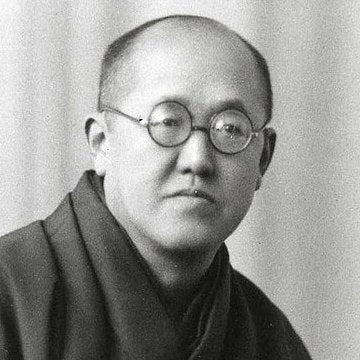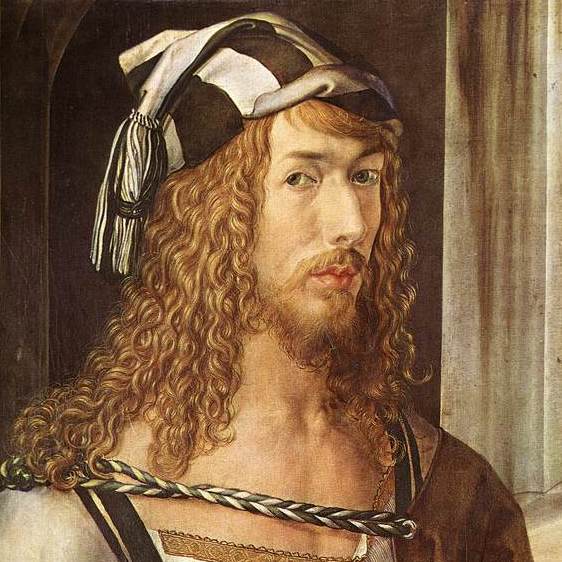 Water Lilies Nymphéas (1907)
Water Lilies Nymphéas (1907)Water Lilies Nymphéas (1907)
Claude Monet
Regular price 19,00€+Unit price per La Roche Guibel, Port (1886)
La Roche Guibel, Port (1886)La Roche Guibel, Port (1886)
Claude Monet
Regular price 19,00€+Unit price per

 Water lilies Nymphéas, temps gris (1907)
Water lilies Nymphéas, temps gris (1907)Water lilies Nymphéas, temps gris (1907)
Claude Monet
Regular price 19,00€+Unit price per Matinée sur la Seine, temps net (1897)
Matinée sur la Seine, temps net (1897)Matinée sur la Seine, temps net (1897)
Claude Monet
Regular price 19,00€+Unit price per


 Coin du bassin aux nymphéas (1918)
Coin du bassin aux nymphéas (1918)Coin du bassin aux nymphéas (1918)
Claude Monet
Regular price 19,00€+Unit price per

Claude Monet
Claude Monet, the master of light and color, was born in Paris on November 14, 1840. He grew up in Le Havre, where he discovered his passion for painting at an early age. Monet was a rebel of the art world who refused to accept the traditional academic style. Instead, he was drawn to nature, where he wanted to capture the fleeting moments of light and color on canvas. His artistic journey began in earnest when he moved to Paris in 1859 to study at the Académie Suisse. There he met other emerging artists such as Pierre-Auguste Renoir and Camille Pissarro, with whom he would later found the Impressionist movement.
Monet's career was not always a success. In his early years he struggled with financial difficulties and rejection by the established art world. But his determination and unwavering belief in his vision drove him on. In 1874 he exhibited his work "Impression, Sunrise", which gave the movement its name. Critics were initially unenthusiastic, but Monet's innovative technique and unique view of the world eventually won recognition. He moved to Giverny, where he created a magnificent garden that served as an inexhaustible source of inspiration. Here he created some of his most famous works, including the Water Lilies series.
Interesting fact:
Monet was not only a master painter, but also a passionate gardener. His garden in Giverny was not only a place of peace and beauty, but also a lively studio. Monet had exotic plants imported from all over the world to realize his vision of a perfect garden. Another curious detail is that Monet suffered from an eye disease that affected his color perception. This led to his later works having a more intense color palette, which some art historians interpret as a fusion of reality and Monet's subjective perception.
Important works of art & paintings by Claude Monet:
1st Impression, Sunrise (1872)
2. The Woman with the Parasol (1875)
3. The Cathedral of Rouen, Morning Sun (1894)
4. The Japanese Bridge (1899)
5. Water Lilies (1906)
6. The Haystacks, End of Summer (1891)
7. The Poplars (1891)
8. Waterloo Bridge, Fog (1903)
9. The Water Lilies, Evening (1916)
10. The Garden at Giverny (1900)

















